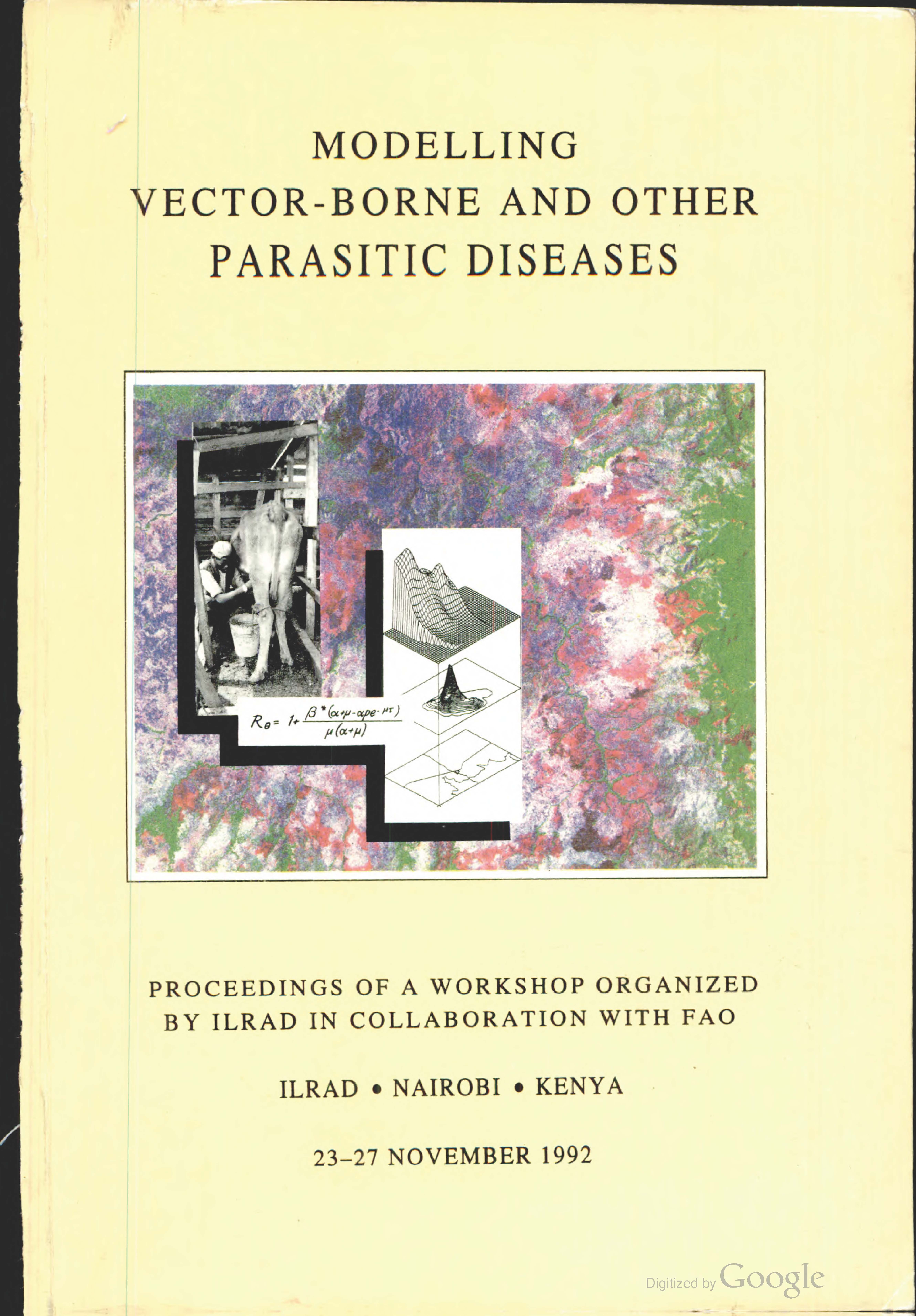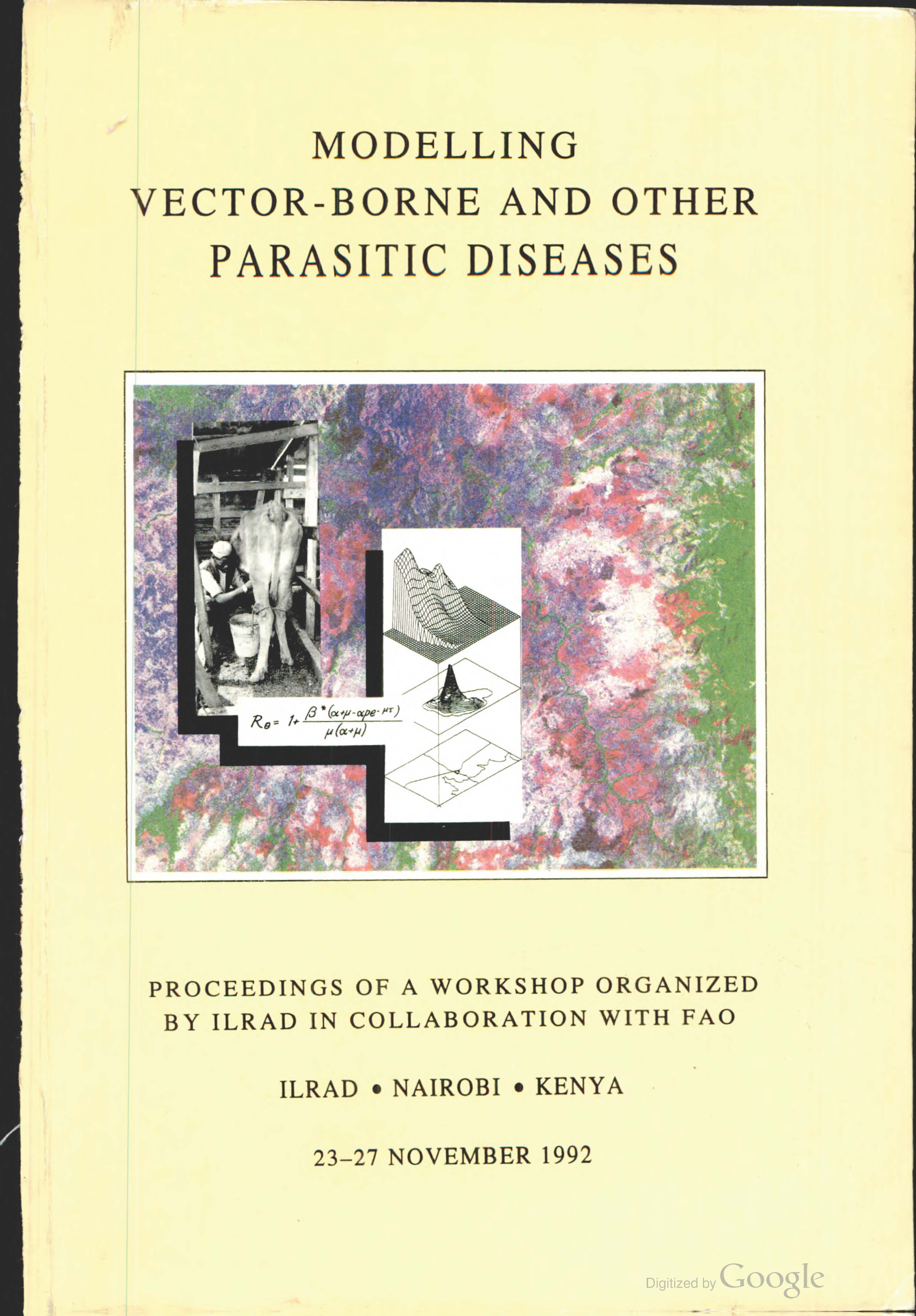CGIAR is the only worldwide partnership addressing agricultural research for development, whose work contributes to the global effort to tackle poverty, hunger and major nutrition imbalances, and environmental degradation.
It is carried out by 15 Centers, that are members of the CGIAR Consortium, in close collaboration with hundreds of partners, including national and regional research institutes, civil society organizations, academia, development organizations and the private sector.
The 15 Research Centers generate and disseminate knowledge, technologies, and policies for agricultural development through the CGIAR Research Programs. The CGIAR Fund provides reliable and predictable multi-year funding to enable research planning over the long term, resource allocation based on agreed priorities, and the timely and predictable disbursement of funds. The multi-donor trust fund finances research carried out by the Centers through the CGIAR Research Programs.
We have almost 10,000 scientists and staff in 96 countries, unparalleled research infrastructure and dynamic networks across the globe. Our collections of genetic resources are the most comprehensive in the world.
What we do
We collaborate with research and development partners to solve development problems. To fulfill our mission we:
- Identify significant global development problems that science can help solve
- Collect and organize knowledge related to these development problems
- Develop research programs to fill the knowledge gaps to solve these development problems
- Catalyze and lead putting research into practice, and policies and institutions into place, to solve these development problems
- Lead monitoring and evaluation, share the lessons we learn and best practices we discover;
- Conserve, evaluate and share genetic diversity
- Strengthen skills and knowledge in agricultural research for development around the world
Making a difference
We act in the interests of the world’s poorest and most vulnerable. Our track record spans four decades of research.
Our research accounted for US$673 million or just over 10 percent of the US$5.1 billion spent on agricultural research for development in 2010. The economic benefits run to billions of dollars. In Asia, the overall benefits of CGIAR research are estimated at US$10.8 billion a year for rice, US$2.5 billion for wheat and US$0.8 billion for maize.
It has often been cited that one dollar invested in CGIAR research results in about nine dollars in increased productivity in developing countries.
Sweeping reforms for the 21st century
Political, financial, technological and environmental changes reverberating around the globe mean that there are many opportunities to rejuvenate the shaky global food system. Developments in agricultural and environmental science, progress in government policies, and advances in our understanding of gender dynamics and nutrition open new avenues for producing more food and for making entrenched hunger and poverty history.
The sweeping reforms that brought in the CGIAR Consortium in 2010 mean we are primed to take advantage of these opportunities. We are eagerly tackling the ever more complex challenges in agricultural development. We are convinced that the science we do can make even more of a difference. To fulfill our goals we aim to secure US$1 billion in annual investments to fund the current CGIAR Research Programs.
CGIAR has embraced a new approach that brings together its strengths around the world and spurs new thinking about agricultural research for development, including innovative ways to pursue scientific work and the funding it requires. CGIAR is bringing donors together for better results and enabling scientists to focus more on the research through which they develop and deliver big ideas for big impact. As a result, CGIAR is more efficient and effective, and better positioned than ever before to meet the development challenges of the 21st century.
We are no longer the ‘Consultative Group on International Agricultural Research’. In 2008 we underwent a major transformation, to reflect this and yet retain our roots we are now known simply as CGIAR.
Members:
Resources
Displaying 11951 - 11955 of 12598Overview of ILCA's research on property rights
This paper reviews the studies of property institutions that have been undertaken by researchers affiliated with the International Livestock Centre for Africa (ILCA) since 1980. Particular attention is given to the systems studies and an ongoing study of the impacts of trypanosomiasis control on property institutions. Past and current studies by other workshop participants are mentioned but not reviewed in any detail. The majority of the completed studies have been concerned with two fundamental questions: (1) How do property institutions affect the use and management of resources?
Modelling vector-borne and other parasitic diseases. Proceedings of a workshop
Session one of this report highlights ILRAD's research programs and the modelling needs of ILRAD and FAO. Session two deals with vector and helminth population dynamics with particular reference to ticks, tsetse and helminth. Parasite transmission and host parasite interaction are discussed in sessions three and four respectively. These two sessions deal with theileria, trypanosomes and leishmania. Parasite variations and polymorphism is the topic of session five. Session six discusses the effect of disease control programs and session seven reviews modelling systems.
Modelling vector-borne and other parasitic diseases. Proceedings of a workshop
Session one of this report highlights ILRAD's research programs and the modelling needs of ILRAD and FAO. Session two deals with vector and helminth population dynamics with particular reference to ticks, tsetse and helminth. Parasite transmission and host parasite interaction are discussed in sessions three and four respectively. These two sessions deal with theileria, trypanosomes and leishmania. Parasite variations and polymorphism is the topic of session five. Session six discusses the effect of disease control programs and session seven reviews modelling systems.
Maintaining the edge: the case of cassava technology transfer in Thailand
For more than two decades Thailand has built up an intensive and highly profitable cassava processing and export industry, mainly due to favorable price and quota policy regimes with the European Community (EC). During the 1980`s however, internal EC political pressure has attempted to reduce Thai pellet imports through various measures. Moreover, in 1993 internal EC grain prices were lowered substantially, thereby reducing the relative price advantages of Thai cassava as energy substitute.
Livestock and sustainable nutrient cycling in mixed farming systems of sub-Saharan Africa. Volume I: Conference summary
This document summarises the major discussions, findings and recommendations of the conference convened by ILCA and its cosponsors to bring together national and international experts in livestock nutrition and management, ecology, agronomy, soil science and socio-economics to address fundamental issues of nutrient balances, agricultural productivity and the well being of the people, livestock and environment of sub-Saharan Africa.






